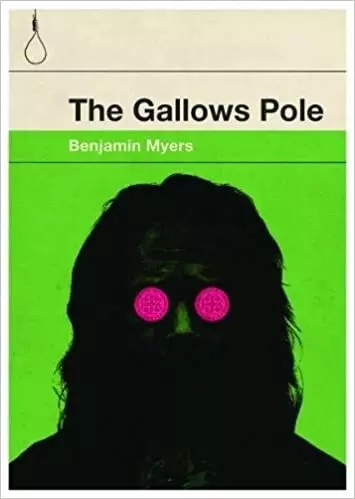The Gallows Pole
Benjamin Myers
"The Gallows Pole", Benjamin Myers
Money creation provides household income and alleviates poverty
Benjamin Myers’s ‘The Gallows Pole’ offers a heady admixture of fascinating social history, conveying a graphic portrait of earthy living, often violent and crude in nature, poverty subsistence from pittance earnings from weaving, farming and charcoal burning, set alongside a wealthy elite holding all political power, with the coming threat of capitalist industrialisation. Benjamin Myers writes beautiful descriptive prose, which it’s sometimes tempting to skim from fascination with the gripping thriller he unfolds.
David Hartley led the Cragg Vale Coiners in rural Yorkshire who were pursued by William Deighton and Robert Parker, much as Jean Valjean is pursued by Calvert in Hugo’s Les Misérables. Both cases are motivated by extreme poverty and social injustice. There are similar parallels with the history of William Chaloner, the 17th century counterfeiter who was pursued to his gruesome death by hanging and disembowelment by none other than Isaac Newton. According to the Wikipedia article on Chaloner, 10% of C17th British coinage was counterfeit, and moreover was worth more as bullion in European markets than its face value (negative seigniorage). Hartley brought income and prosperity to the local Yorkshire community, but brutally repressed any opposition, indicating that his ‘kingdom’ may not have proved any more beneficent than the existing regime.
The urgent need to get income to meet necessary household expenditure, and to fund this by money creation, persists to the present day, when proposals for a universal basic income funded by government money creation are a civilised variant of the C17th and C18th coiners.
The book is available here.
Geoff Crocker
Editor ‘The Case for Universal Basic Income'
www.ubi.org

